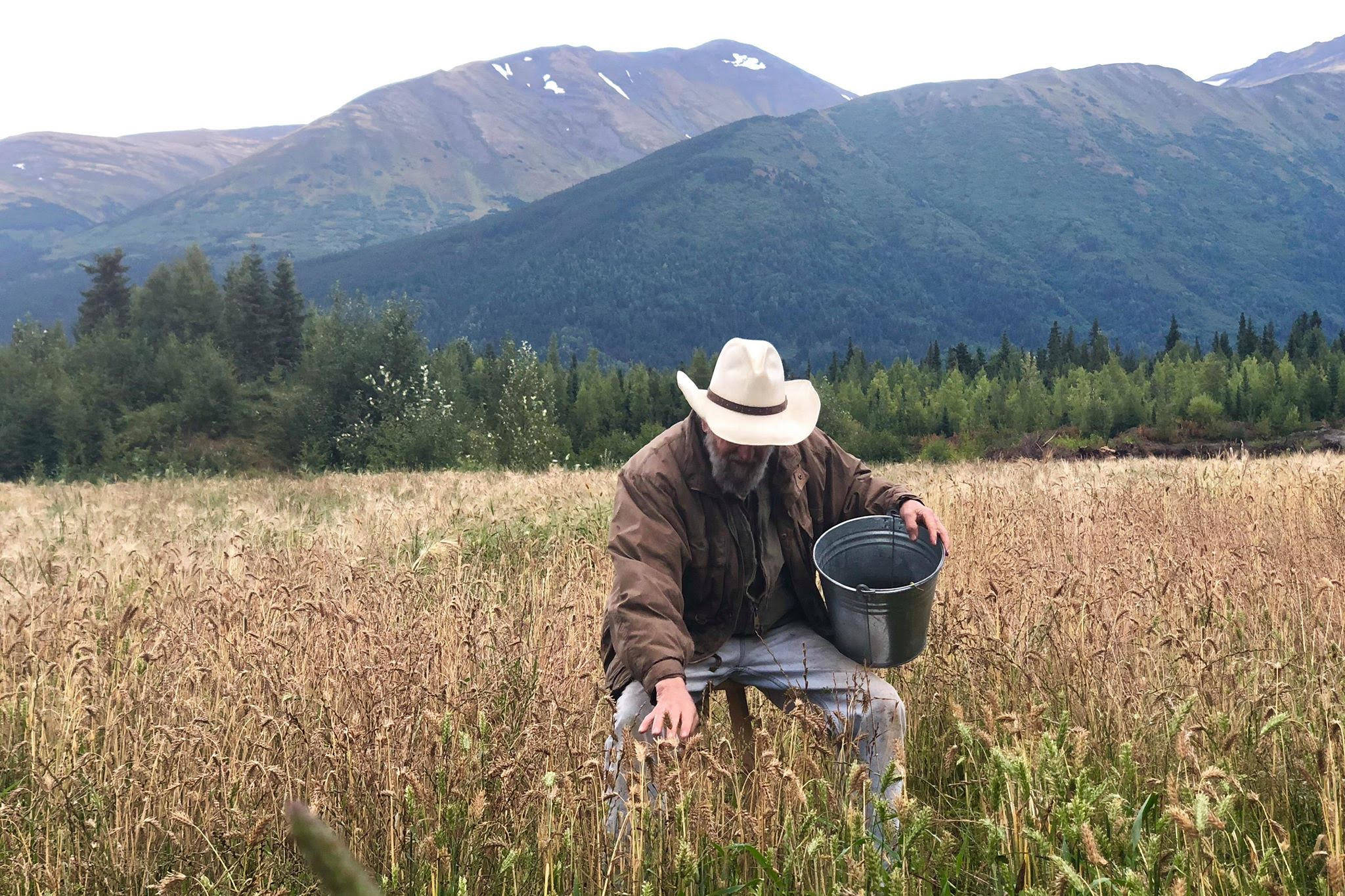Farming local food on the Kenai Peninsula is growing.
However, potential programs that support Alaska’s agricultural industry are on the chopping block, such as the Alaska Grown program. University Cooperative Extension sites, which conduct research and share valuable information with farmers and gardeners, could also be cut. Even Alaska’s last functioning dairy, Havemiester Dairy, is poised to be shut down, should the budget cut the required Dairy Sanitation Program.
However, interest in accessing local foods has increased in recent years. In a 2017 Central Peninsula Agricultural Market Analysis conducted by the Kenai Soil and Water Conservation District, it was found that 70 percent of central peninsula farmers who were surveyed increased their production from 2015 to 2016, and 95 percent of them said they had the ability to further that production. Eighty percent planned to increase production in 2017.
The ability to purchase local food could also boost Alaska and the peninsula’s local economy.
Every year, Alaskans spend about $2 billion on food, and on the Kenai Peninsula, residents spend $31 million on fresh produce alone, according to analysis.
Right now, Alaska imports about 95 percent of its food from the Outside, according to research commissioned by the Alaska Department of Health and Social Services.
As recent as 1955, Alaska grew 55 percent of its food, according to the United States Division of Agriculture Alaska Farm Service Agency.
Residents interested in getting involved with food production may struggle with finding usable, affordable land.
The Kenai Peninsula Borough is also hoping to combat the land issue. At the end of January, the borough launched a new agricultural land initiative. The program would turn locally owned spaces into productive agricultural land. The project, called the Kenai Peninsula Agricultural Initiative, came out of the borough’s land management division headed by Marcus Mueller.
“In short, the borough is looking to connect its good ag land with the people who will be doing agricultural production into the future,” Mueller said in the media release.
On the Kenai Peninsula, agriculture is a growing industry, which the borough is working to further progress with the initiative. The release said the borough has seen an increase in public interest for the quality of local products, the use of locally grown foods in area restaurants and farmers markets. As the need for more locally grown food increases, the need for affordable and effective farmland will also grow.
“The borough is seeing this emergence of activity as a new era in agricultural system development, which may in ways be unique to the Kenai and our growing state,” the release said. “Several new terms are becoming part of common conversations. Words like peonies, Rhodiola, hemp, and high tunnels expand the vocabulary on the Kenai and with those are created new opportunities. Access to local vegetables is talked about as the ingredients to healthy communities.”
The program is still in the preliminary stage, and the borough is looking to connect with interested farmers to better understand what they might need should the land be made available. The release is calling for interested residents to send letters of interest to the borough.

